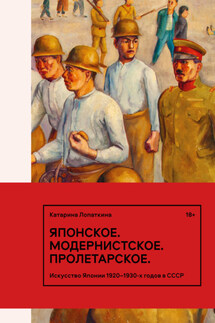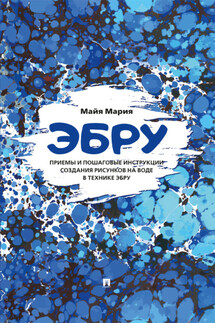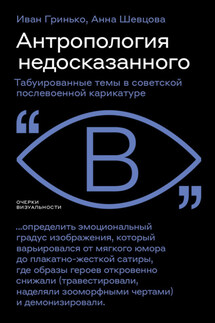Edgar Degas - страница 7
Amongst the characters are a ‘Grande Horizontale’ with the outrageously punning name of Métella (roughly translatable as ‘put it in’), a pretty glove-maker called Gabrielle who might have stepped from one of Degas’ pastels of milliners, a Brazilian millionaire who wants to lose his fortune to Parisian ‘hussies’, a Swedish Baroness who longs to hear the singer Thérésa and her husband who wants to experience and enjoy everything at once jusque-là (to the fullest).
Prostitution was a major theme of French writers and artists throughout the second half of the 19>th century. Literary interest in prostitution peaked around 1880. Edmond de Goncourt published La Fille Elisa in 1877, and Émile Zola, Nana in 1879–1880. Guy de Maupassant made his reputation with Boule de Suif in 1880 and followed it up the next year with the endearing La Maison Tellier. Degas’ references to the Parisian traffic in female flesh were often scrupulously discreet – a glimpse of a gentleman’s black trousers amongst the scenery of the opera, or of the gaudy plumage of a courtesan’s hat at the race-course as her carriage passes from view. Sometimes it is no more than a pervasively suggestive atmosphere that would nonetheless have been quite perceptible to men of Degas’ class and tastes.
This murky world of female commerce, in which predatory top-hat wearing males indulged, is illuminated in a fascinating, if somewhat lurid, way by two anonymous Parisian publications of the 1880s, when Degas was at the height of his career. Ces Demoiselles de l’Opéra, published in 1887 and attributed to Vieil abonné (‘a long-time season-ticket-holder’), offers a survey of all the female dancers that were active at the new Paris Opera and looks back nostalgically to the 1860s when Degas also began to interest himself in ballet at the old house in the rue Le Peletier.
The tone of the book is gossipy and mildly lecherous. The Vieil abonné seems more interested in the physical attractions of the dancers and in the racy details of their private lives than he is in the finer points of their dancing techniques. Mlle Eugénie Fiocre, the only female dancer described in the book and identifiably painted by Degas, is said to have ‘a nose for which an umbrella would be useful’ – Degas’ study of her shows that she had a rather turned up and exceptionally pretty nose – ‘but what a figure! One should go down on one’s knees in front of it – and behind!’
Ces Demoiselles de l’Opéra vividly conveys the flavour of the flirtatious conversations that Degas enjoyed with his young dancer models. Daniel Halévy, the son of Degas’ old friend Ludovic, noted that when Degas was with dancers he ‘finds them all charming, makes excuses for anything they do, and laughs at everything they say’.
The Vieil abonné recorded the foibles, the remarks, and the little habits of the dancers with the same affectionate indulgence. So we hear, for example, that the only distinguishing characteristic of Léontine Beaugrand was an inordinate love of chocolates, and how la petite Paillier was outraged when complimented by an admirer as looking like a Boucher, thinking that he was comparing her with a butcher.






